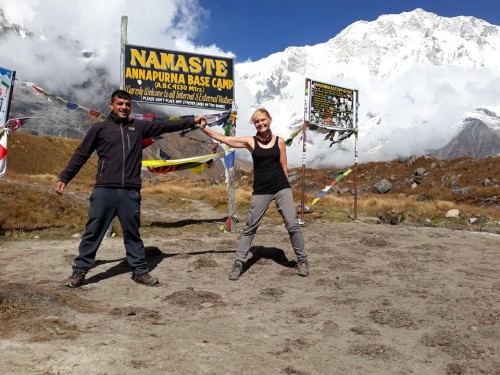Best Trekking Season in Nepal
21st Jan, 2021
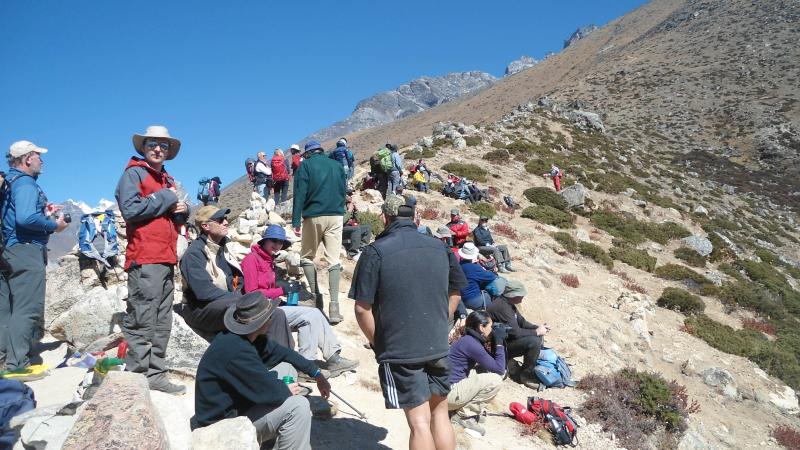
The best trekking season in Nepal depends on the region you plan to trek and your preferences. Nepal experiences different trekking seasons due to its diverse geography and varying altitudes. Be sure to research your chosen trek's best season and prepare accordingly for a safe and enjoyable experience.
Table of Contents
After read this article, you can find the best trekking season in Nepal with yours suitable vacations.
Nepal is a landlocked country sharing borders with China Tibet to the north and India to the east, west and south. This country can be divided into different zones by wonderful variation in climates due to the vast differences in altitude such as Terai region, Chure hills, Mahabharat range, hilly zone (Pahadi area), Himalayan zone and Trans Himalayan area. The country lies north rising up to the Himalayan from Tarai zone. The Terai zone is lowland plain are sub-tropical (600-1200 m), Hilly region have cool temperature (2100-3300 m) and Himalayan zone is high mountains are alpine (3300-5000 m) as well as rising the high mountains above the Himalayan zone. There are many different temperatures in every different zone such as the temperature is approximately 25 to 35 degrees in the low area and 25 to -10 degree in high level throughout the year.
If you are wondering about when is the best time to go to Nepal for trekking? Here is quick information because all the travelers can Trek in Nepal throughout the year depending on region, area and your vacation. However, the best season for trekking is either before or after the monsoon in Nepal, it means spring (March to May) and autumn (September to December) are the best trekking season in Nepal. Here are four weather seasons to consider: spring, monsoon, autumn and winter with short descriptions.
Spring Season (March- May)
.jpg)
The spring season is the second famous season for trekking in the Nepal Himalayas. It begins in March and ends in May. The temperature is moderate (neither too hot nor too cold), blooming flowers, starting lush greenery and snowcapped mountains make an outstanding background to spring trekking in Nepal. The Everest Region, Annapurna Region, Langtang Region and Manaslu Region Trekking routes are best on this season because the days are long, infrequent rain and snow, clear air for the Mountain View. That is why, this season offers positive climate temperature conditions for all areas in Nepal to do the trekking. Its mean spring season is the best time to visit Nepal for your travel.
March
March marks the beginning of the spring trekking season in Nepal, following the winter months. During this time, some trekking routes may still have lingering snow, while others may be clear. This transition makes March one of the best months to explore the Himalayas, as the days start to become warmer and longer.
The combination of favorable weather, blooming rhododendron forests, and clear mountain views creates an unforgettable trekking experience. Here’s a breakdown of typical daytime temperatures in March:
April
April is one of the best months for trekking in Nepal, as it falls at the heart of the spring season, between March and May. This month offers stunning views, pleasant weather, and vibrant natural surroundings, making it an ideal time for trekking.
During April, the mountains are usually visible, especially in the mornings, and the trails are adorned with vibrant rhododendron flowers. Temperatures are perfect for trekking, and there are fewer weather-related challenges. Additionally, April provides the opportunity to witness local festivals like Bisket Jatra, Holy, and Nepalese New Year in some regions.
Longer daylight hours also make trekking more convenient, and the peak spring season attracts trekkers from all over the world, adding a lively atmosphere to the trails.
May
May marks the final month of spring and the transition before the monsoon season begins. Trekking and climbing in Nepal during May provide a fantastic opportunity to explore the Himalayas, as the spring trekking season is still in full swing.
This is a great time for mountain adventures, as the weather remains favorable, particularly at higher altitudes. Trekking conditions are comfortable, with colorful trails lined with blooming rhododendron forests. Mornings often offer stunning mountain views, although some haze may develop in the afternoons.
In the May, the trails become less crowded compared to March and April, making it an appealing choice for those seeking a quieter trekking experience.
Recommended Trekking for Spring Season in Nepal
- Everest Base Camp Trek
- Manaslu Circuit Trek
- Annapurna Base Camp Trek
- Annapurna Circuit Trek
- Makalu Base Camp Trek
- Kanchenjunga North South Base Camp Trek
Summer/ monsoon Season (June- August)
.jpg) Summer season is known as the monsoon season in Nepal. It begins from June to August. Trekking this time is very uncomfortable due to clouds in the morning and heavy rain in afternoon and evening. Most of the trekking routes are difficult because the trekking trails become muddy, wet and hard to walk during the rainy period. All the farmers will be very happy and excited in this season for planting many crops and working the farming fields. This time there was also a small landslide due to heavy rainfall so the trekking trail will be slippery and closed. Light links, thunderstorms and hail stones are common things in this season. Leeches will be seen and can infest.
Summer season is known as the monsoon season in Nepal. It begins from June to August. Trekking this time is very uncomfortable due to clouds in the morning and heavy rain in afternoon and evening. Most of the trekking routes are difficult because the trekking trails become muddy, wet and hard to walk during the rainy period. All the farmers will be very happy and excited in this season for planting many crops and working the farming fields. This time there was also a small landslide due to heavy rainfall so the trekking trail will be slippery and closed. Light links, thunderstorms and hail stones are common things in this season. Leeches will be seen and can infest.
However, the Mustang Region, Dolpo Region, Nar-Phu Valley, Limi Valley and Manang are located in the rain shadow area as we are close to the Tibetan border. The summer season is the best time for these regions because the temperatures are moderate.
June
June marks the transition from the spring trekking season to the monsoon season in Nepal. While it’s not the most popular month for trekking due to increased rainfall, some treks in rain-shadow regions and areas less affected by the monsoon remain excellent choices, such as Upper Mustang and Upper Dolpo. With fewer crowds, it can also be a peaceful time to explore the Himalayas. The monsoon season begins, bringing frequent rain, especially in the afternoons and evenings. Trails can be muddy and slippery in regions prone to rainfall. Reduced visibility occurs due to clouds and haze, though mornings are often clearer. The landscapes are lush and green, with blooming flowers, but leeches may be present in humid areas. If you want to trek in June, you need to hire a professional guide and be prepared with proper gear.
July
July in Nepal falls deep into the monsoon season and this month is not ideal for trekking in Nepal due to heavy rainfall, the trails can become muddy, slippery, and difficult to navigate, with an increased risk of landslides. The weather is generally poor, and cloud cover and fog can obscure views of the high mountains, making it difficult to appreciate the typical Himalayan panoramas. However, there are still some options for trekkers who want to explore Nepal's mountains. The rain brings lush green landscapes, and trekking can still be done with fewer crowds, particularly in areas located in the rain-shadow of the Himalayas, where rainfall is significantly less, such as Upper Mustang, Nar Phu Valley, and Dolpo, which are less impacted by the monsoon. During this period, it's important to start your trek early, stay flexible, and hire a knowledgeable guide.
August
August is deep into the monsoon season in Nepal, with heavy rainfall affecting many regions. The trails become muddy and slippery, and there is an increased risk of landslides, especially in areas with steep slopes, making it a challenging month for trekking. Cloud cover and fog make it difficult to see the mountains clearly. The wet conditions also increase the presence of leeches and other insects, particularly in forested areas. While most trekkers tend to avoid the trails due to the rain, rain-shadow areas and remote regions are still viable options for those who want to experience Nepal's natural beauty while avoiding the worst of the weather.
Recommended Trekking for Monsoon Season in Nepal
- Upper Mustang Trek
- Nar Phu Valley Kang La Pass Trek
- Upper and Lower Dolpo Trek
- Limi Valley Trek
Autumn Season (September- November)

Autumn is the best and most popular trekking season in Nepal Himalayas. This season begins from September to until November as well as after the monsoon. If You want to visit Nepal for trekking, we highly recommend this season because this season comes after the monsoon. After the monsoon, the dust and pollution will be cleared from the atmosphere, perfect weather with clear sky, sunshine, warm days and cool nights. Snow-capped Mountains will be seen golden in sunrise and sunset time, stunning panoramas of the mountain ranges. Furthermore, you can celebrate the Nepalese Festivals such as Dashain and Tihar during the Trekking because it falls mid-October month. That is why; this season is the best season for Trekking in Nepal.
September
September marks the end of the monsoon season in Nepal, making it a transitional month. While rainfall begins to decrease, the trails are still quite wet in the early part of the month, especially during the first half. By the end of September, conditions become more favorable for trekking, with clearer skies and better views. As the conditions improve significantly, it becomes a good time to start trekking in Nepal. The landscape remains lush and green from the monsoon rains, providing vibrant views and rich flora.
October
October is one of the best months for trekking in Nepal, as it marks the start of the autumn season. The monsoon rains have ended, and there is little to no rainfall, leaving the trails dry and clear. It is considered the peak trekking season because the weather is typically clear, with crisp air and excellent visibility, offering breathtaking views of the Himalayas, making it an ideal time for hiking in the region. The landscape is lush and green, especially in lower regions, and you'll see beautiful autumn colors in the higher altitudes as the season progresses. Trails are dry, the temperature is comfortable, and the high-altitude areas are accessible. This month also coincides with major festivals like Dashain and Tihar, offering a unique cultural experience during your trek.
November
November marks the end of the autumn season, but it is still one of the best months for trekking in Nepal, especially for those who want to experience the beautiful autumn season. During this period, the weather remains clear, and the conditions for trekking are perfect, with no rain or snow along the route. It is part of the peak trekking season, falling after the summer monsoon rains and before the winter. November offers stunning views of the Himalayas, with excellent weather for trekking, including clear skies, crisp air, and dry trails. This makes it one of the best months for trekking, with fantastic visibility, allowing trekkers to enjoy unobstructed views of iconic peaks like Everest, Annapurna, and Manaslu. This month also offers cultural celebrations like Tihar (the festival of lights), providing an opportunity to enjoy the festivities in the mountain villages.
Recommended Trekking for Autumn Season in Nepal
- Everest Region Trekking
- Annapurna Region Trekking
- Langtang Region Trekking
- Wilderness Region Trekking
Winter Season (December- February)
.jpg)
Winter is the coldest season of the year in Nepal Himalayas. In the Himalayas regions commonly snowfalls and the temperature is falling below zero at higher altitude in the night time. So, the trekking can be more challenging and difficult to find the right trail in the higher altitudes because the trail can be covered by snow.
We have some trekking routes for the winter season such as Everest View Trek, Ghorepani Poonhill Trek, Langtang Valley Trek because these trekking routes are located at lower to mid altitude, where the weather temperature remains moderately enjoyable. So, the Christmas and New Year Trek in Nepal are always very famous in these areas during this winter season.
This winter season is the best season for adventure trekkers and photographers in Nepal.
December
December in Nepal marks the start of winter, and while it’s not as popular as the peak trekking months of autumn (September–November), it still offers great trekking conditions for those prepared for cold weather. The trekking trails are quieter, the skies are clear, and the dry conditions provide excellent visibility and spectacular views of the mountains. The snow-covered peaks look even more majestic against the crisp, blue sky. December sees fewer trekkers on the trails, so you’ll enjoy more solitude, peaceful trekking, and the opportunity to explore remote areas without the hustle and bustle of the peak trekking season. However, you need to be prepared with cold weather gear
January
January is one of the coldest months for trekking in Nepal, marking the peak of winter between December and February. While it’s not as popular as the main trekking seasons (spring and autumn), those who are well-prepared can still enjoy some spectacular treks in Nepal during this month. You can do lower-altitude treks like Ghorepani Poonhill, Everest View Trek, Langtang Valley Trek, and Pikey Peak Trek. The weather is typically clear and dry, offering great visibility of the snow-capped peaks, but it can be extremely cold, particularly at higher altitudes.
For higher-altitude treks, the biggest challenge in January is the cold, especially at higher elevations. Temperatures can drop significantly, particularly at night, and trekkers must be prepared for freezing conditions. With shorter daylight hours, it’s essential to start early each day to make the most of the available light. In some regions (such as Thorong La Pass, Everest Base Camp, and the higher parts of the Annapurna Circuit), snow and ice can make trails slippery and more challenging. Therefore, we highly recommend that trekkers opt for lower-altitude treks in January.
February
February is the tail end of winter in Nepal and a great time for trekking if you are well-prepared for the cold temperatures. However, some high-pass treks like the Manaslu Circuit, Everest Three High Passes Trek, and other high-pass treks are impossible during this time because snow may still cover the passes, making it difficult to complete the trek on time. In other regions, the trekking season is just starting to pick up as the weather begins to clear before the busy spring season. You can enjoy the quiet trails with fewer trekkers around. It’s a wonderful time for experienced trekkers to enjoy breathtaking views of the snow-covered mountains, but it's important to be ready for the cold, especially at higher altitudes. If you're an experienced trekker, February can offer the perfect conditions to enjoy Nepal’s mountains without the crowds.
Recommended Trekking for Winter Season in Nepal
Are you interested on any of your travel serveices?
Make Inquiry NowRecent From Blog

15th Jun, 2023
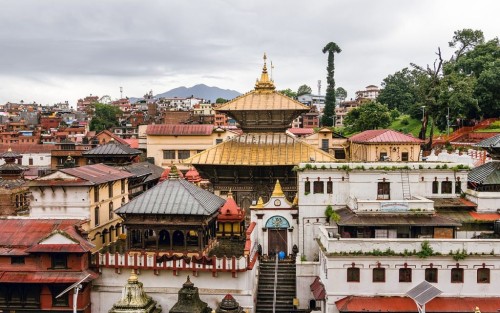
21st Feb, 2021

28th Feb, 2018

5th Sep, 2023

13th May, 2019
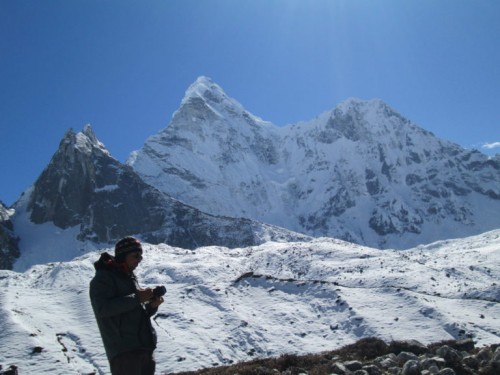
19th Feb, 2019

8th Feb, 2021

21st Jan, 2021

29th Jul, 2020
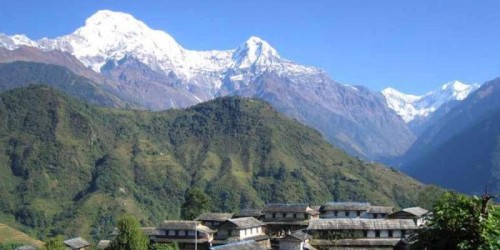
3rd May, 2019

30th Apr, 2020

3rd Apr, 2020

17th Jul, 2020
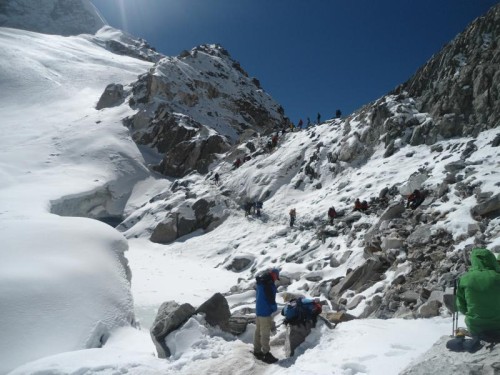
26th Mar, 2020
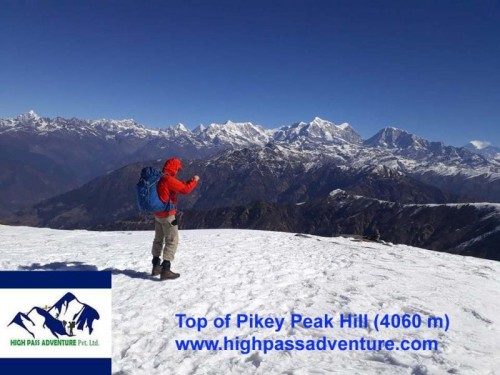
31st Mar, 2020

19th Jun, 2023
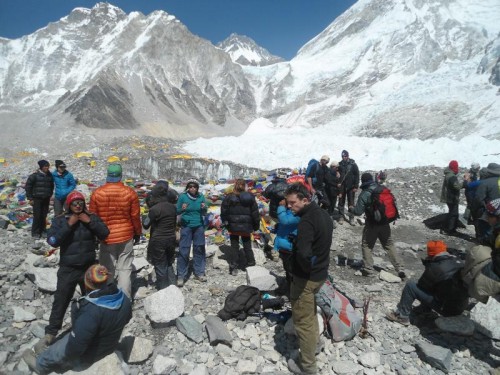
11th Feb, 2020
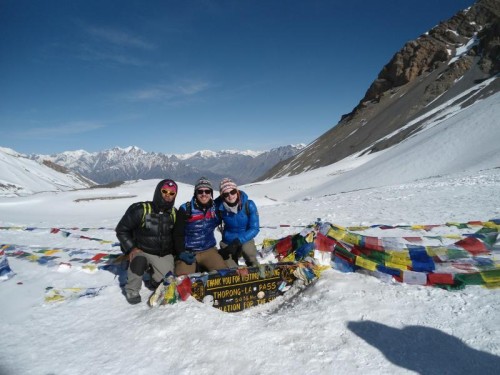
11th Mar, 2020

27th Sep, 2019

17th May, 2019

26th Jul, 2020

6th May, 2019
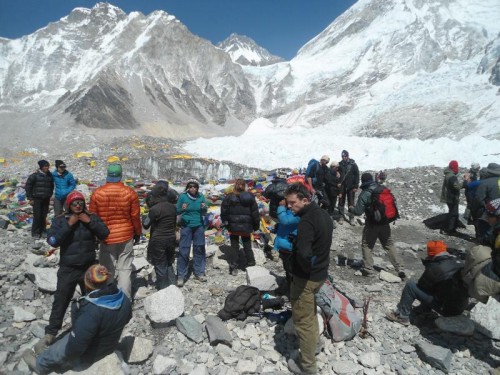
5th Mar, 2019
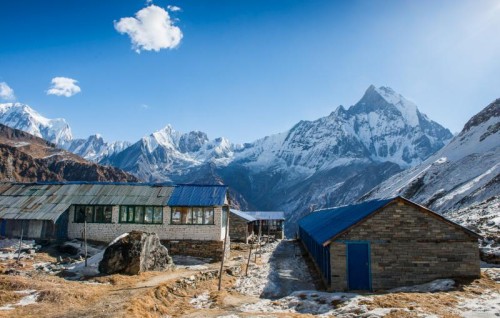
7th Mar, 2020

18th Feb, 2019

12th Sep, 2019

27th Mar, 2018

27th Mar, 2019

2nd Mar, 2019

16th Jan, 2019

1st Jul, 2023

5th Jul, 2023

5th Jul, 2023

5th Jul, 2023

5th Jul, 2023
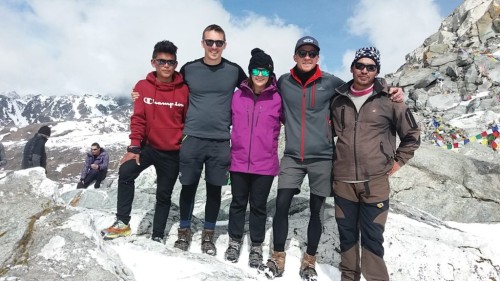
5th Dec, 2019

6th Jan, 2019
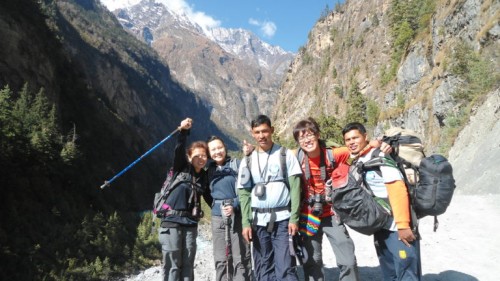
28th Feb, 2018

9th Dec, 2018

11th Dec, 2018

5th Oct, 2023

3rd Jan, 2024
.jpg)
27th Jan, 2024

29th Jan, 2024

19th Jan, 2025

7th Feb, 2025

17th Feb, 2025

9th Mar, 2025

15th Mar, 2025

18th Mar, 2025

23rd Mar, 2025

25th Mar, 2025

26th Mar, 2025

24th Apr, 2025

21st May, 2025

21st May, 2025

22nd Jun, 2025

22nd Jun, 2025

4th Jul, 2025

14th Jul, 2025

14th Sep, 2025



